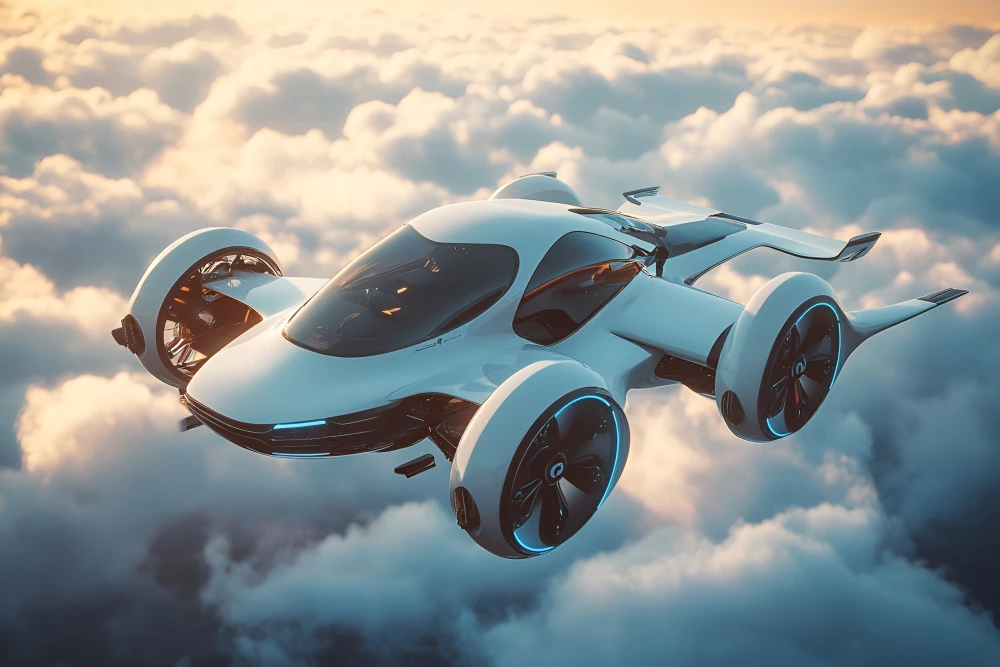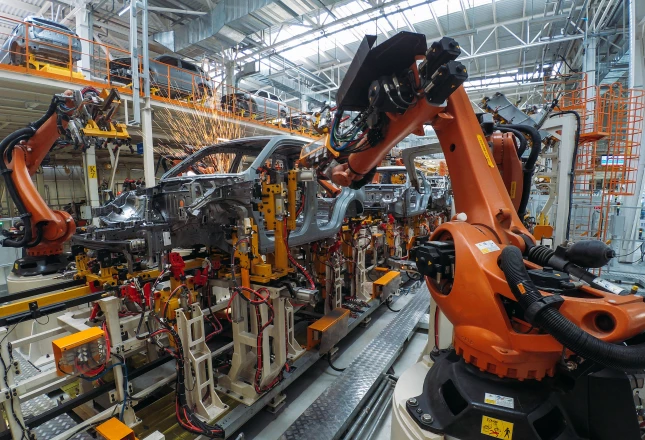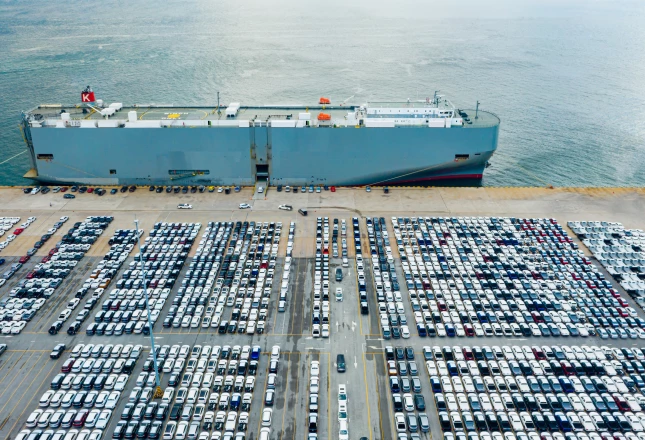May 29 / 2025
May 29 / 2025
Why aren't flying cars a thing?

The Future of Flight: Why Flying Cars Are Still Just a Dream
The idea of flying cars has long captivated our imaginations, thanks in part to science fiction movies and futuristic visions of urban life. However, despite the technological advancements of the 21st century, the reality of flying cars remains elusive. In this blog post, we’ll explore the various reasons why flying cars are not yet a practical reality, and what challenges lie ahead in making this dream come true.
### 1. **Technological Limitations**
While we have made incredible strides in aviation technology, creating a vehicle that can seamlessly transition between driving and flying presents significant engineering challenges. Current flying car prototypes often require complex mechanisms for takeoff and landing, which can make them heavier or more cumbersome than traditional cars. Additionally, the materials used in aerial vehicles need to be lightweight yet strong enough to withstand the stresses of flight—an engineering challenge that has yet to be fully overcome.
### 2. **Safety Concerns**
Safety is paramount in both aviation and automotive industries. The integration of flying cars into our existing transportation system raises a plethora of safety concerns. Air traffic control, collision avoidance, and emergency landing protocols are just a few of the considerations that must be addressed. The potential for accidents increases significantly when you consider the complexities of flying in urban environments, where dense populations and limited space for takeoff and landing complicate matters further.
### 3. **Regulatory Hurdles**
The regulatory framework for flying cars is still in its infancy. Aviation regulations are stringent, governed by bodies such as the Federal Aviation Administration (FAA) in the U.S. and similar organizations worldwide. These regulations are designed to ensure the safety of air travel, and integrating flying cars into this framework presents significant challenges. Additionally, governments would need to establish new regulations for airspace management, pilot licensing, and vehicle certification—an enormous undertaking that would take time to develop and implement.
### 4. **Infrastructure Requirements**
Flying cars would require entirely new infrastructure, including designated takeoff and landing zones, charging stations for electric models, and air traffic management systems. Cities would need to adapt their urban planning to accommodate these vehicles, which could be a significant financial and logistical challenge. Without the necessary infrastructure in place, the widespread adoption of flying cars remains impractical.
### 5. **Cost and Accessibility**
Even if the technological and regulatory hurdles were overcome, the cost of flying cars would likely be prohibitive for the average consumer. Current prototypes are expensive to produce and maintain, and it’s uncertain how long it would take for economies of scale to bring prices down. If flying cars remain a luxury item, they won’t be the transformative solution to urban transportation that many envision.
### 6. **Public Acceptance and Cultural Shifts**
Finally, public perception plays a crucial role in the adoption of new technology. While the idea of flying cars is exciting, many people may be hesitant to embrace them due to safety concerns, noise pollution, or a general aversion to change. The cultural shift needed for flying cars to become commonplace involves changing mindsets about transportation, aviation, and urban living.
### Conclusion
While the concept of flying cars is thrilling and holds great potential for transforming urban mobility, several significant barriers must be overcome before they can become a reality. Technological limitations, safety concerns, regulatory challenges, infrastructure requirements, high costs, and public acceptance all contribute to the slow progress in this field.
However, as advancements continue in drone technology, electric vertical takeoff and landing (eVTOL) aircraft, and smart city planning, the dream of flying cars may one day take flight. For now, while we wait for the skies to open up for personal vehicles, we can continue to explore alternative solutions for urban transportation that address current challenges. The future remains bright, even if flying cars aren’t quite ready for takeoff just yet.

